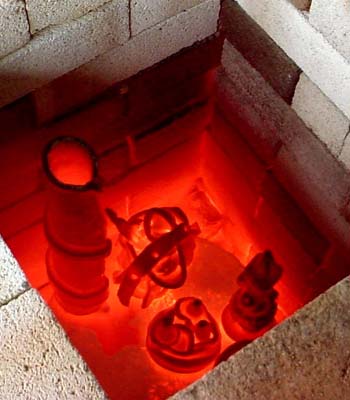Below are some questions regarding Tutorial #1: Part 2: Clay Chemistry for CHM-107 (Lecture)
Copy the questions below (highlight the text, then press the CTRL key plus "c", or use the Edit menu at top and choose "Copy")
In your email program start composing an email and paste the questions to your email. You can then answer them in your email and send to chm107pc@gmail.com


Question 3: Pottery was able to keep out rodents, which are notorious for chewing through things. The lower incisor teeth shown grow 1 millimeter (1 mm) per day. How many inches a year do these teeth grow? Figure 365 days in a year. One inch = 25.4 millimeters.

Question 4: As other materials were added to clay and the temperatures of firing got hotter, more durable and waterproof pottery was made. The plate on the right is bone china. Why is it called bone china and is it a high or low quality pottery? You can use the link below for answers if you want.

Question 5: Earthenware is clay fired at a low
kiln temperature around 1400-2000°F . Earthenware is not very strong
and is porous.
Stoneware - harder than earthenware, stoneware is fired at about
2200-2400°F. Stoneware is strong and can hold water, though is not
completely water proof unless glazed.
Porcelain - a special type of clay either
white or grey, to which kaolin (a white firing stiff clay) and white China
stone (finely decayed granite) is added. When fired at temperatures of
2300°F and over (up to 2550°F was achieved by the Chinese), the
body vitrifies, i.e. it becomes glass-like and completely impermeable.
If your oven was capable of heating up to 2400°F (1315°C), what metals in your oven would have
melted? Let's say there were aluminum, iron, chromium, and copper used
in your oven.
(hint: search for "melting point metals").



Question 7: Instead of pottery, clay is also used to make
bricks. Why do you think there is a lot of smoke coming from this brick
factory in Vietnam?